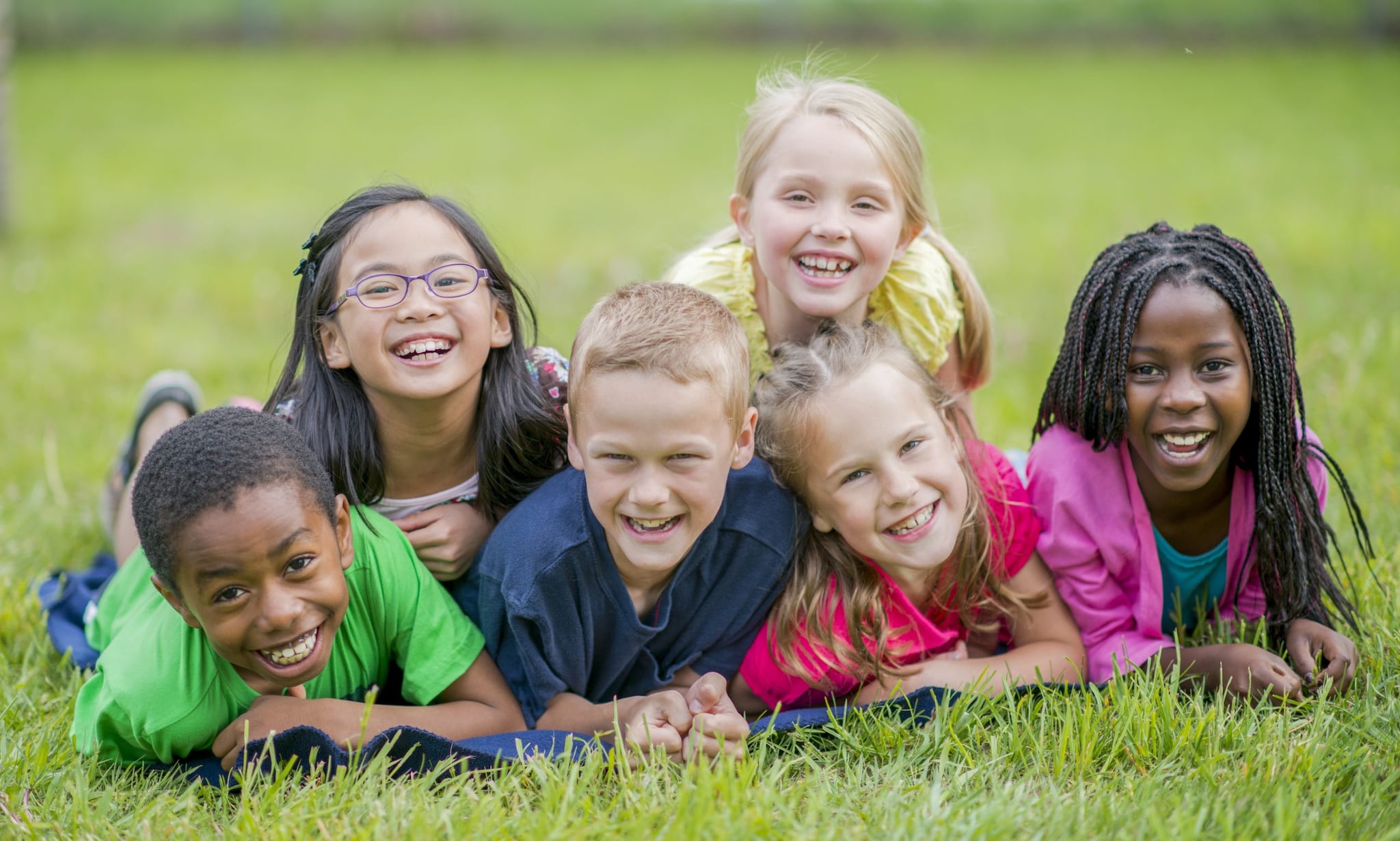Childhood Arthritis
What is childhood arthritis?
Arthritis in children is called childhood arthritis or juvenile arthritis. The most common type is juvenile idiopathic arthritis, sometimes called juvenile rheumatoid arthritis.
How common is childhood arthritis in the United States?
During 2017–2021, an estimated 220,000 children and teens were diagnosed with arthritis.1 Childhood arthritis can cause permanent physical damage to joints. This damage can make it hard for the child to do everyday things like walking or dressing and can result in disability.

What causes childhood arthritis?
The exact cause of childhood arthritis is unknown. In childhood arthritis the immune system may not function properly which causes inflammation in the joints and other body systems.
How is childhood arthritis diagnosed?
Childhood arthritis is diagnosed through a physical examination and review of symptoms, X-rays, and lab tests. A doctor should make this diagnosis, particularly a rheumatologist who specializes in arthritis and other related conditions in children. These doctors are called pediatric rheumatologists.
- To find a pediatric rheumatologist near you, go to the American College of Rheumatology’s rheumatologist locator and filter results to show providers who specialize in pediatric rheumatology.
Is there a cure for childhood arthritis?
Although there is no cure, there are many ways to treat arthritis in children. For example, physical activity can be a good way for kids to manage their arthritis pain. A doctor who is trained to diagnose and treat autoimmune conditions in children (called a rheumatological pediatrician) will work with the child and their parents or caregivers to create a treatment plan that works for them. The Arthritis Foundation website lists the following exercise as beneficial for children with arthritis:
- Aquatic exercises
- Swimming
- Bicycling
- Yoga
- Tai Chi
Visit the Arthritis Foundation’s Kids Get Arthritis, Too webpage for more information.
What are the signs and symptoms of childhood arthritis?
The symptoms of childhood arthritis can vary, but usually include pain, stiffness, and swelling. Symptoms may come and go over time. There may be times when symptoms get worse, known as flares, and times when symptoms get better, known as remission. These symptoms can sometimes be confused with other illnesses and injuries.
Signs and symptoms include:
- Joint pain
- Swelling
- Fever
- Stiffness
- Rash
- Fatigue (tiredness)
- Loss of appetite
- Inflammation of the eye
- Difficulty with daily living activities such as walking, dressing, and playing
Who gets childhood arthritis?
Arthritis can affect all children, but some groups of children are more likely to have arthritis. A recent CDC study suggests that arthritis is more common among children and teens with anxiety, depression, or a heart condition than those without. Arthritis is also more common among Black children and children from households with food insecurity, smoking within the home, and low parental education.1
Transitioning Patients to Adult Care
Although some children with arthritis achieve permanent remission, sometimes childhood arthritis can continue into adulthood. The transition from pediatric to adult care can be difficult for patients and physicians.
- To learn how to transition pediatric patients to adult care, visit The the Arthritis Foundation Transition Toolkit
- Juvenile Arthritis from National Institute of Arthritis and Musculoskeletal and Skin Diseases
- Juvenile Arthritis: Fast Facts for Patients and Caregivers from the American College of Rheumatology
- Childhood Arthritis and Rheumatology Research Alliance (CARRA)
- Kids Get Arthritis Too from the Arthritis Foundation
- Juvenile Arthritis, Healthy Living with Arthritis
- Lites TD, Foster AL, Boring MA, Fallon EA, Odom EL, Seth P. Arthritis Among Children and Adolescents Aged <18 Years — United States, 2017–2021. MMWR Morb Mortal Wkly Rep 2023;72:788–792. DOI: http://dx.doi.org/10.15585/mmwr.mm7229a3